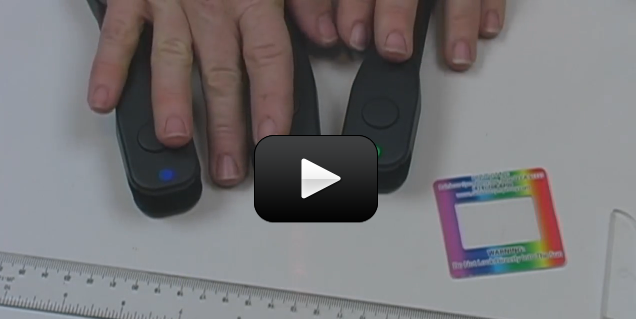Diffraction is how light bends as it passes through very narrow slits or around very thin objects like a hair. When light travels around a hair, two wave patterns form, and those waves interfere with each other constructively (they add together to form a bright region) or destructively (the cancel each other out and leave a dark spot).
This experiment looks at the light and dark areas of interference to determine the wavelength of a laser. You can do this for lasers that don’t have labels on them, so you really don’t know what wavelength they are!
Please login or register to read the rest of this content.


There are white light lasers (which started back in the 1970s), but yes you’re right – white is a combination of colors, which means it’s not monochromatic (one wavelength). The range of the spectrum is 400-700 nm.
You can buy a white light laser here.
You can read more about white lasers here:
http://www.leica-microsystems.com/science-lab/white-light-laser/
http://www.gizmag.com/test-subjects-dont-mind-laser-light/20300/
http://en.wikipedia.org/wiki/Ion_laser
You can make white light by combining different colors through a prism. You can’t make a true white laser because a laser has a coherent beam created by stimulated emission that consists of one wavelength (or a very small range of wavelengths), and a white light laser has a large spectrum of wavelengths.
The basic idea is that you have to mix four different wavelengths together to get a white light laser, or you can use a special mix of Argon and Krypton to produce light that appears to be white using a super-continuum white light generation technique. The application for white lasers so far is a perfect light source for special experiments.
If white lasers exist, will they show a spectrum if you shine then through a diffraction grating